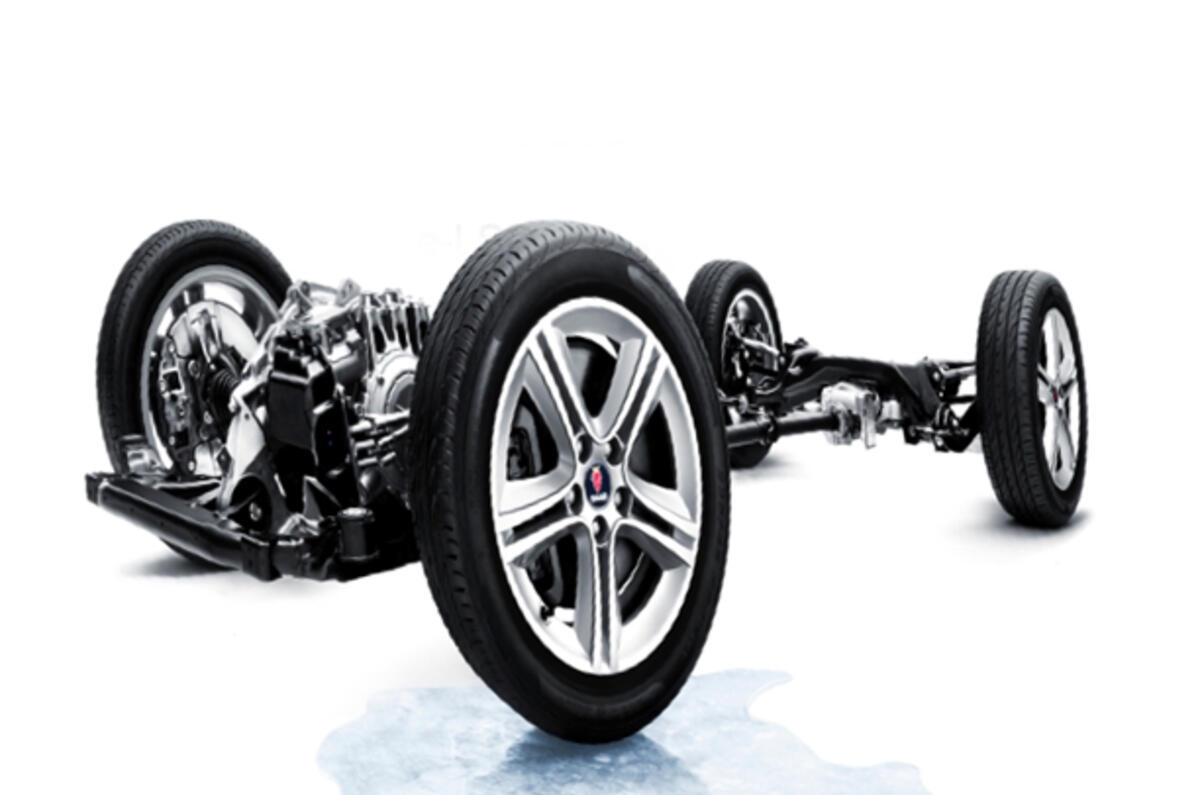The Phoenix Architecture that will underpin the 93 is aptly named; indeed, it is so crucial to Saab’s recovery that the firm’s engineering guru, Kjell ac Bergström, has put his retirement on hold for two years to oversee the project into production.
Bergström, who has also worked at Volvo and Fiat-GM, rejoined General Motors-owned Saab in 2003.
He had already outlined his vision for how an independent version of the Swedish brand could work before it severed its ties with the American giant.
The Phoenix Architecture seems to fit in with Bergström’s plan, in which many future components — everything from base engines to door locks — will be bought ‘off the shelf’ from manufacturers who supply parts to other premium car makers.
This policy is a U-turn for Saab, which has often insisted on modifying even the smallest common part to reach its own specifications.
However, the flexible nature of the process means that engines can still be modified in house, and Saab will still be free to carry out its own crash safety tests and introduce its own styling and electronic architectures.
The set-up will also allow Saab to give the 93 complex suspension systems and four-wheel drive.
The essentials of the Phoenix Architecture
Front suspension
For the Phoenix architecture, Saab has a choice of existing suspension systems. It could use the standard-issue MacPherson strut fitted to base versions of the 9-5.
However, MacPherson struts have limitations. They allow more vibration and disturbances from the road through to the driver and are prone to allowing torque steer with powerful engines.
Their construction means that they are also more susceptible to distorting under hard cornering, which leads to much less precise steering response. Many within Saab are now arguing that the Phoenix platform should actually be fitted with the much more sophisticated HiPer Strut.
HiPer Strut
The name is derived from High Performance Strut. This front suspension set-up was designed by Saab engineers for General Motors’ Global Epsilon project.
According to the company, the advanced HiPer Strut offers driving benefits similar to those of a double wishbone layout. “The inclination, length and offset of the kingpin is reduced and the castor angle of the steering increased.
“The result: improved steering quality with a more ‘planted’ feel, as well as enhanced handling and braking characteristics.”
Rear Suspension
Base 9-5s use a four-link independent axle, designed by GM and also used on the Insignia. It’s regarded as a capable design, but Saab also has the option of the much more sophisticated linked H-arm set-up.






Join the debate
Add your comment
Re: Next Saab 9-3's tech revealed
Straight six man I suggest you take a XWD 9-5 for a spin and see how much traction the car has got. According to some of the latest reviews, having an eLSD on the rear axle makes for excellent controlled drifting.
Re: Next Saab 9-3's tech revealed
Every SAAB has been FWD since the company began producing cars in 1949.
Re: Next Saab 9-3's tech revealed
SAAB should never go RWD. It's never been a part of their heritage and shouldn't be a part of it for the future. AWD; yes and since 2008 SAAB has joined the AWD arena with a very capable system that is superior to Audi's, so 1 up to SAAB on that front. I know BMW are venturing into FWD but that doesn't mean it's right however; BMW haven't always done RWD. SAAB on the other hand have never done RWD for their road cars. SAAB are rebuilding their brand identity and the best place to start is with their heritage. Which means. FWD, Aerodynamic, Turbo performance and fuel efficient.